History of Engagement Rings
If you’re gearing up to pop the question to your significant other, you may already know what an engagement ring symbolises to you: love, commitment and your dedication to them for the rest of your life.
However, while this engagement ring meaning is widely accepted today, it wasn’t always that way. From the Ancient Egyptians to the growing popularity of diamond engagement rings, join Angelic Diamonds as we travel back in time to explore the history of engagement rings.
We’ve summarised the history of engagement rings in our timeline below, but you’ll find more information about each period below:
_1693547780.jpg)
The Ancient Egyptians
Despite being a 3100 BC civilization, the Ancient Egyptians helped to shape the meaning of engagement rings as we know them today.
The Egyptians were the first to make the connection between a ring and infinity, as the circle of the ring has no beginning and no end. The shape also reflected the shape of the sun and moon, which Ancient Egyptians worshipped.
As a result, many would fashion rings out of plants to wear around the fourth finger of their left hand. Wealthier people would use ivory or leather instead.
Ancient Rome
Some years later during Roman rule, the engagement ring tradition developed further, with its meaning becoming more similar to the rings we know today.
The women of Ancient Rome are said to have worn wedding rings made of ivory, flint, bone or copper that according to the Gemological Institute of America, symbolise “a business contract or mutual love and obedience”. It can be said, then, that these Roman rings were the first early iteration of a modern engagement ring, acting as a symbol of a man’s ownership of his wife.
Often, women would receive two rings; one that they could wear while doing their household duties and another that could be worn in public. The rings of the middle and lower classes were often simple iron and gold bands, but the upper-class women would wear wide bands of gold complete with engravings.
The Middle Ages
While the Ancient Egyptians and Romans laid the foundation for engagement rings, it wasn’t until 1477 that the first appearance of the diamond engagement ring as we know it today made an appearance.
The Archduke Maximillian of Austria gave a betrothal ring to Mary of Burgundy when he travelled from Austria to Belgium to request her hand in marriage. Legend has it that as an unlikely suitor, villagers handed Maximillian gifts of gold and silver as he made his way to Belgium, which he used to purchase the ring for Mary.
The ring is widely considered to be the first known diamond engagement ring, with diamonds arranged in the shape of an ‘M’. This gesture led to copy-cat proposals throughout the court and further afield across Europe. The engagement ring as we know it was established, as was the symbol of diamonds and eternity.
However, diamonds were still very rare and reserved mainly for the upper classes.
The Enlightenment
During the Enlightenment, gimmel rings gained popularity. This type of ring featured two interlocked bands that could be separated and worn by both partners during the engagement period. At the marriage ceremony, the rings would be rejoined and worn by the bride only.
Gimmel rings are said to symbolise the joining of two parties as one, representing equality and shared life.
The Victorian Period
The discovery of diamonds in South Africa led to increased diamond mining during the Victorian Era. Often worn by the monarch Queen Victoria, diamonds became more widely available and as a result, they were used more often in engagement rings during the period.
However, due to their expense, engagement rings were still largely reserved for the upper classes. Styles varied throughout the period but were largely influenced by Queen Victoria’s preferences.
The 20th Century
With the turbulence of World War One, there was a steady decline in the purchase of diamond engagement rings. As couples tried to conserve their money during uncertain times, purchasing elaborate engagement rings was less of a priority, with many opting for simple wedding bands instead.
In 1939, US jewellers De Beers created a marketing campaign with the slogan ‘A diamond is forever’. It was the brand’s attempt to boost interest in engagement rings and indeed jewellery more widely following WW1. The campaign was successful, with engagement ring sales increasing throughout the early 1940s.
The 21st Century
We’ve come a long way from the reeds used to fashion rings in Ancient Egyptian times! While still a sign of commitment, giving an engagement ring today is so far from the business transaction it once was. As attitudes have changed, engagements today are primarily based on love matches rather than societal needs.
Nowadays, engagement rings are usually chosen to match the wearer’s personality and style, so there are a huge number of styles to choose from. Don’t worry if you don’t know where to start; read our guide on how to choose an engagement ring for plenty of handy advice.
Engagement Ring Traditions
The colourful history of engagement rings has brought with it many traditions that many couples still maintain today. Below, we explain some of the most common engagement ring traditions:
Getting down on one knee
Proposing on one knee is a bit odd when you think about it, isn’t it? This tradition dates way back to medieval knights who would bend before lords and ladies to show their loyalty, respect and humility.
With this in mind, getting down on one knee makes a little more sense, as you promise your lifelong loyalty and love to your other half.
But which knee should you propose on? Tradition states that it’s usually the left knee that is lowered to the ground. Again, this dates back to medieval times; lowering the left knee was seen as surrendering to another party. In a proposal, doing so represents dedicating yourself to the other person.
It’s worth noting that this traditional proposal isn’t for everyone. For alternative inspiration, check out our guide to unique proposal ideas.
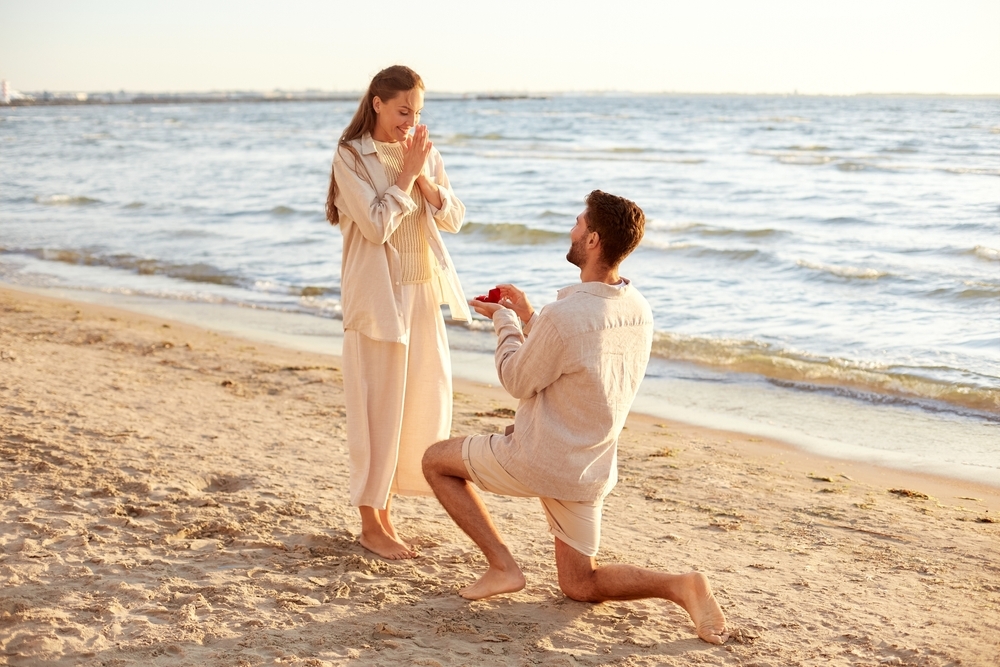
A surprise proposal
Surprising your other half with a proposal is one of the more modern engagement ring traditions on our list. Surprise proposals grew in popularity in the early 20th century which was fuelled further by Hollywood movies which helped to shape traditional romance as we know it.
Surprise proposals show how far marriage and engagement traditions have come. Historically, asking for a lady’s hand in marriage without consulting the family would be a huge no-no.
How much your engagement ring costs
A tradition that many people believe is that an engagement ring should cost two times the proposer’s monthly salary. What many people don’t know is that this figure actually came from a 1980s De Beers marketing campaign to promote the sale of engagement rings. This estimate was up from their 1930s marketing campaign, where the company only recommended a one-month spend.
Although some couples will still use this as a guideline for how much to spend, times have most definitely changed! With the pressures of modern life, many simply don’t have this cash available. We’ve investigated how much people can spend in our guide to how much should you spend on an engagement ring.
These days, it’s less about how much an engagement ring costs and more about finding the perfect ring that suits your other half down to the ground.
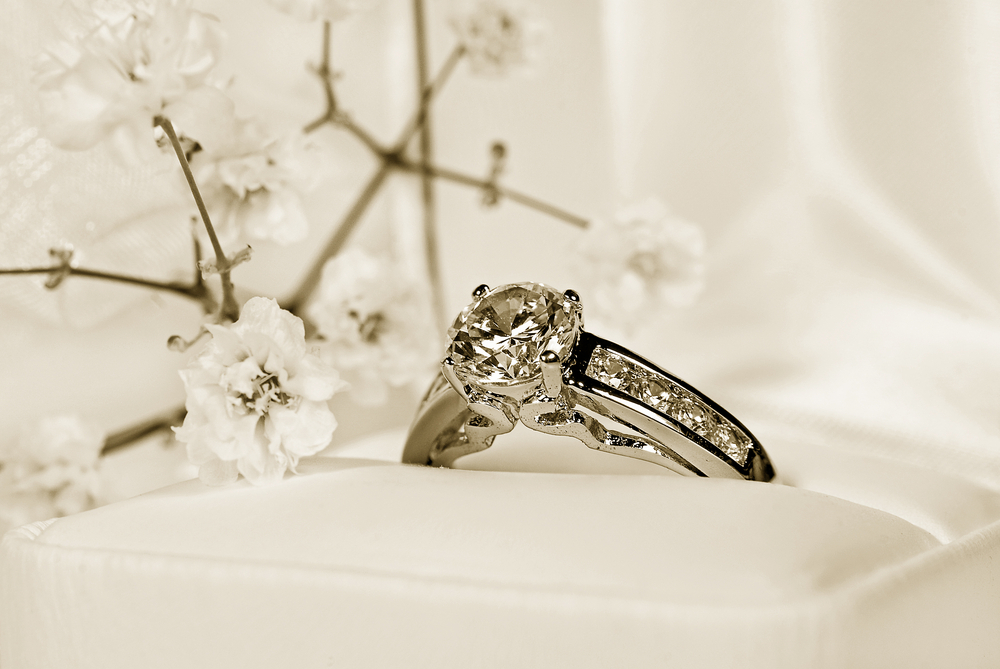
29th February (Bachelor’s Day) proposal
Bachelor’s Day, which falls only on a leap year on the 29th February, is an Irish tradition that ‘allows’ women to propose to their male partners. Although somewhat contentious today, this tradition dates back to the 5th Century when St. Bridget struck a deal with Saint Patrick.
St. Bridget complained that women were waiting too long to be proposed to, so Saint Patrick suggested that women could propose to their would-be husbands once every seven years. After some negotiating, St.Bridget convinced him to make it once every four years.
If a woman’s proposal was rejected, the tradition states that the man should compensate her by way of a pair of gloves, a silk gown or a fur coat. In other parts of Europe that have adopted this tradition, the man is required to buy the woman 12 pairs of gloves, said to hide her ring-less hand!
As attitudes have changed and with the rise of same-sex marriage, it’s now not unusual for women to propose to their partners, without having to wait for a leap year!
The ring finger
In the UK, it might seem like a given that you wear your engagement ring on the fourth finger of your left hand. But did you know that it was actually the Ancient Egyptians that started this trend?
The fourth finger, now known as the ring finger, was believed to have the ‘vena amoris’ also known as the vein of love, which connected the finger to the heart.
Which finger engagement and wedding rings are worn on varies in different cultures around the world. You can find out more in our guide to ring meanings.
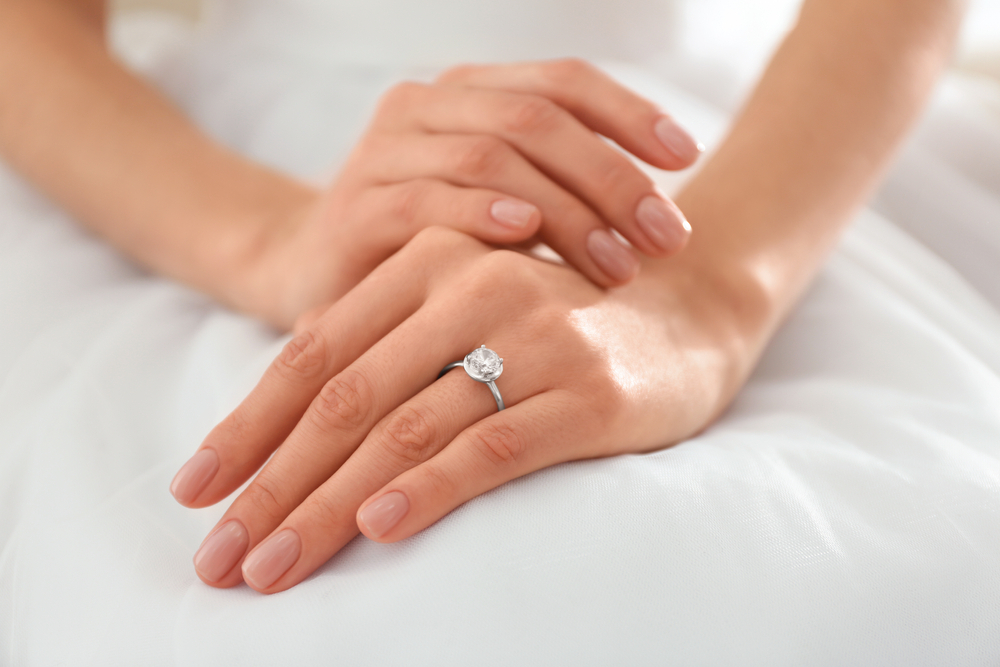
Who to tell first
Once you’ve popped the question, you’ll no doubt be desperate to tell everyone and anyone your happy news. But there’s actually a tradition that dictates who you should tell first.
Traditionally, a newly engaged couple should tell the bride’s parents first followed by the groom’s parents. The groom’s mother is then expected to reach out to the bride’s parents to express her happiness about the news and arrange a get-together between the two sets of parents and the engaged couple.
While parents are usually the first to tell, the rise of social media proposal announcements is making this tradition less common.
Engagement parties
Many people will choose to celebrate their newly engaged status with an engagement party. However, according to tradition, if you are planning to have a party, your partner shouldn’t wear their engagement ring in public until the party itself. Given how excited they’ll be about their new ring, this could be a hard tradition to maintain!
Typically, the cost of the engagement party is covered by the bride’s parents, although both sets of parents can share the costs between them. However, many couples now choose to cover the cost of an engagement party themselves.
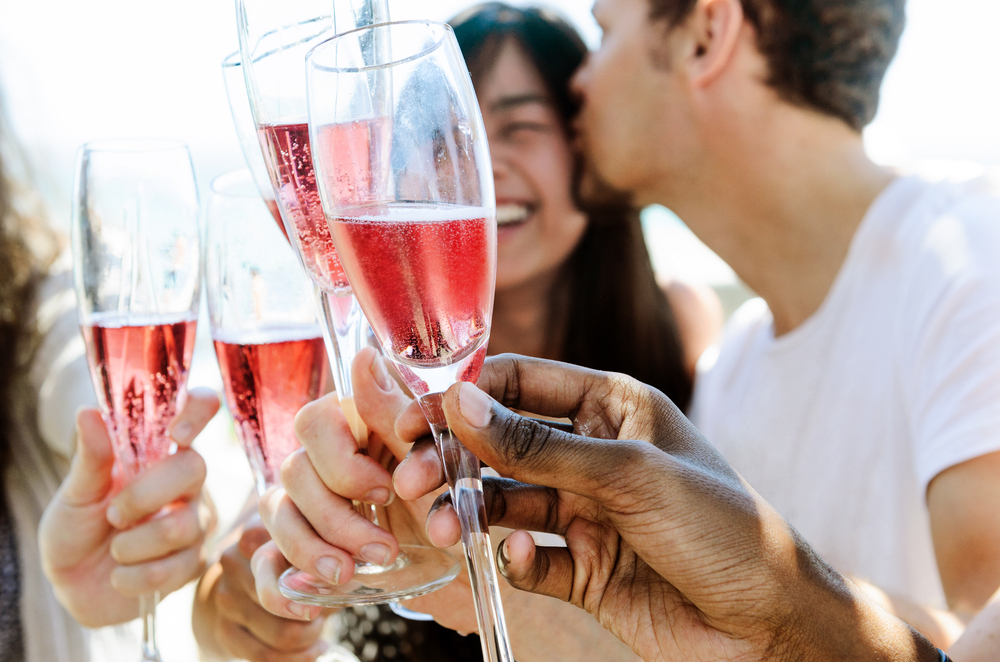
While ‘will you marry me?’ is a simple question with an even simpler answer, there’s a lot to unpack when it comes to engagement ring traditions. Remember, this is your proposal; you don’t have to follow tradition if you don’t want to. You can make it as unique as you want it to be.
Ready to pop the question? Find the perfect engagement ring at Angelic Diamonds and shop 2023’s most popular engagement ring styles.
You May Also Like
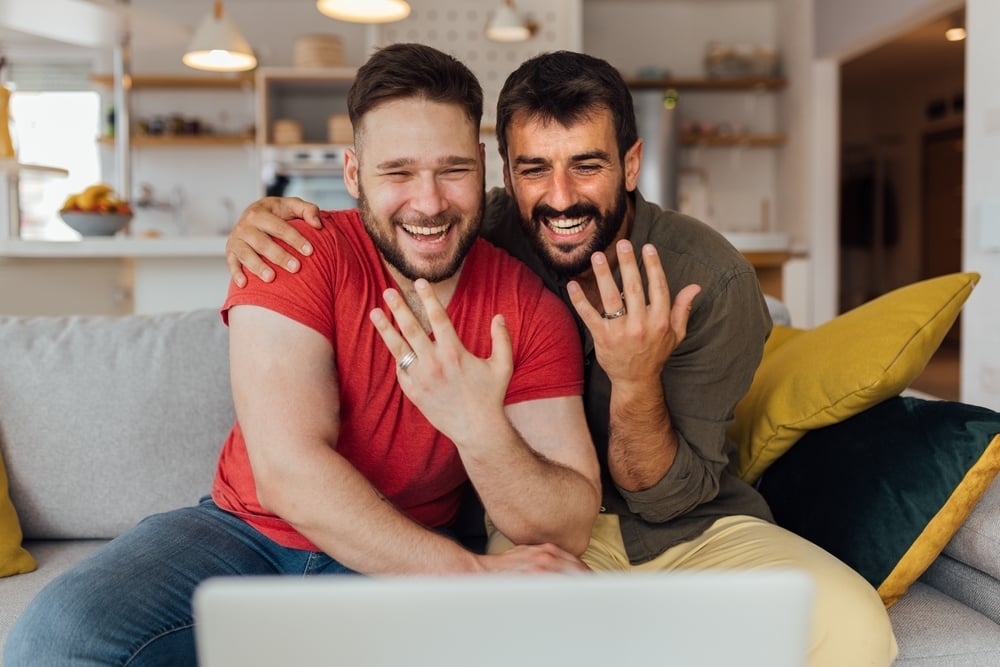
Do men wear engagement rings?
Throughout history, women have typically been the receivers and wearer ...
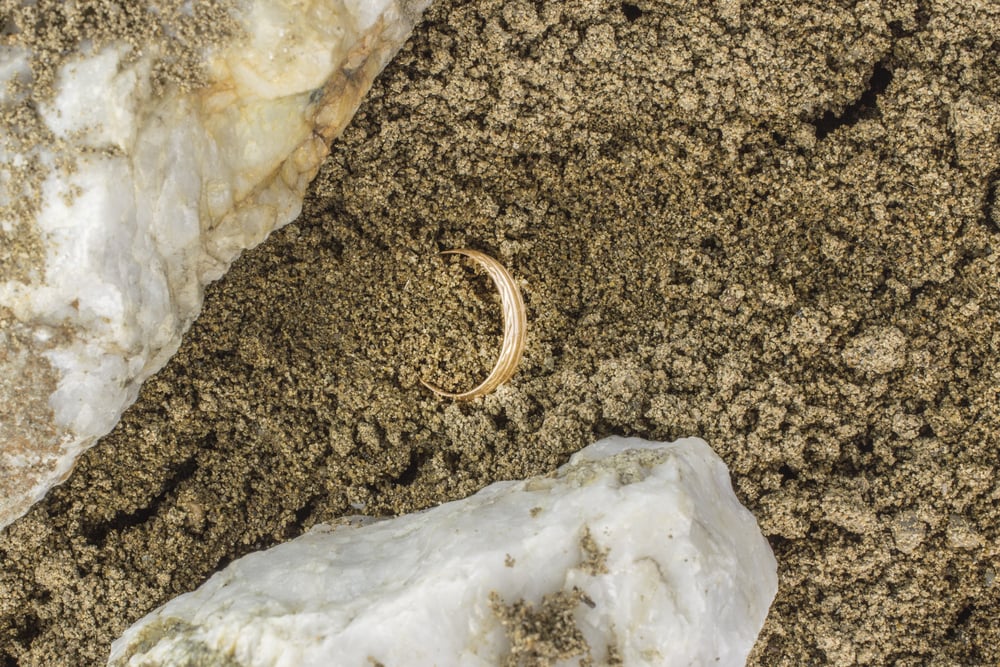
The Ultimate Guide to Engagement Ring Insurance
Congratulations on your engagement! As you embark on this exciting jou ...
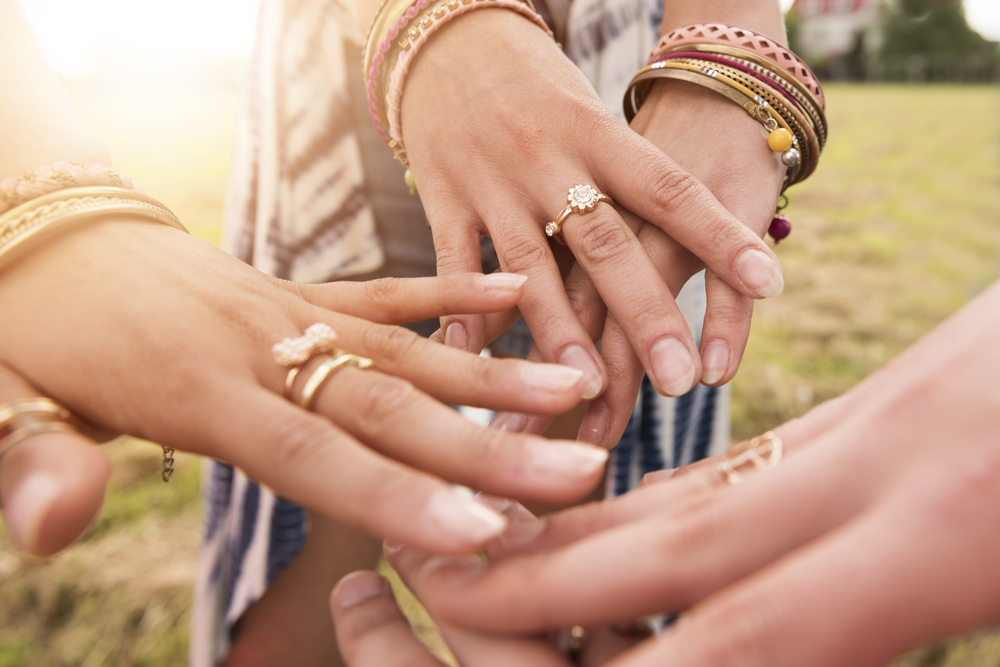
Ring meanings: styles and ring finger meanings exp ...
Throughout history, rings have adorned the fingers of humanity, carryi ...
